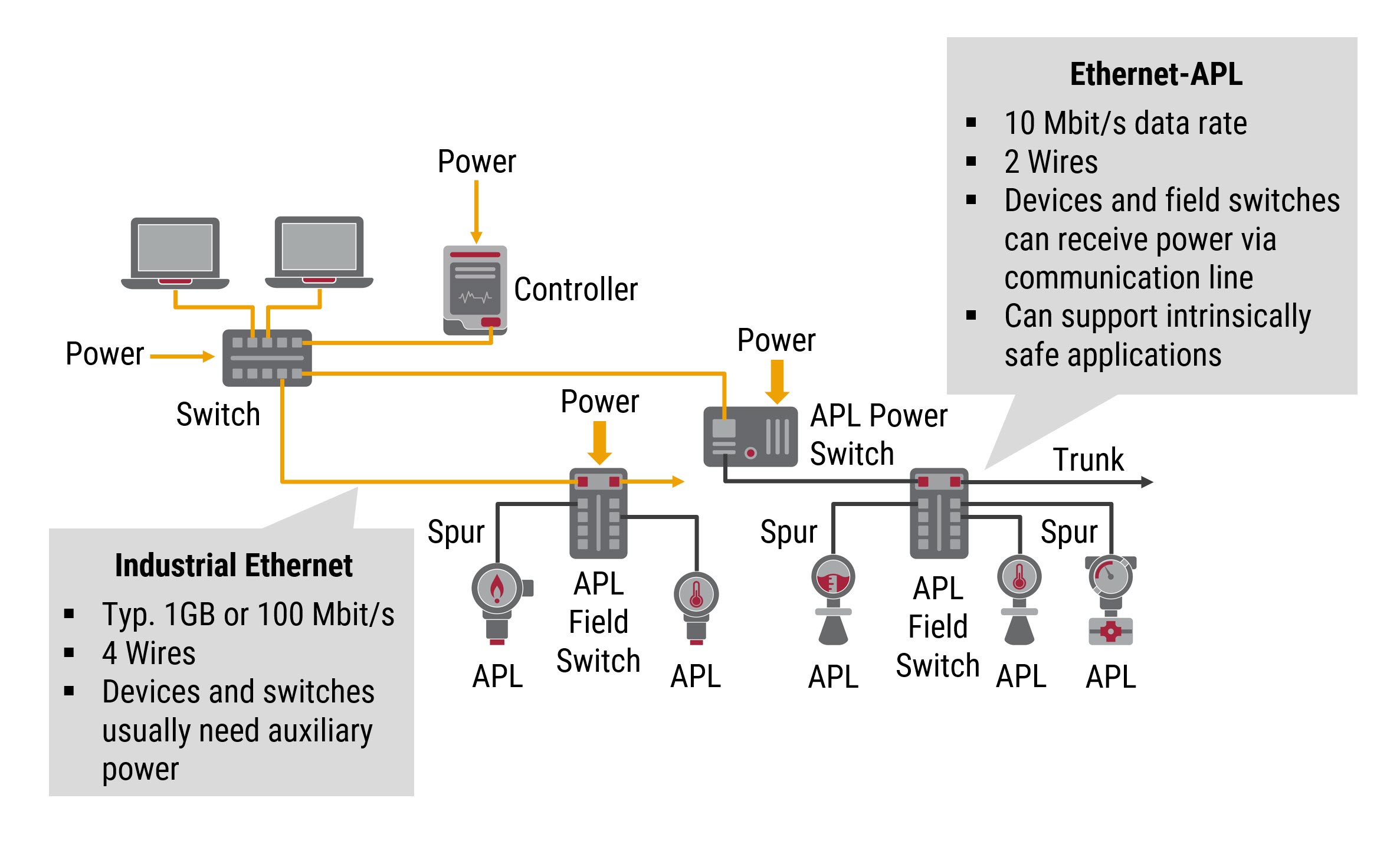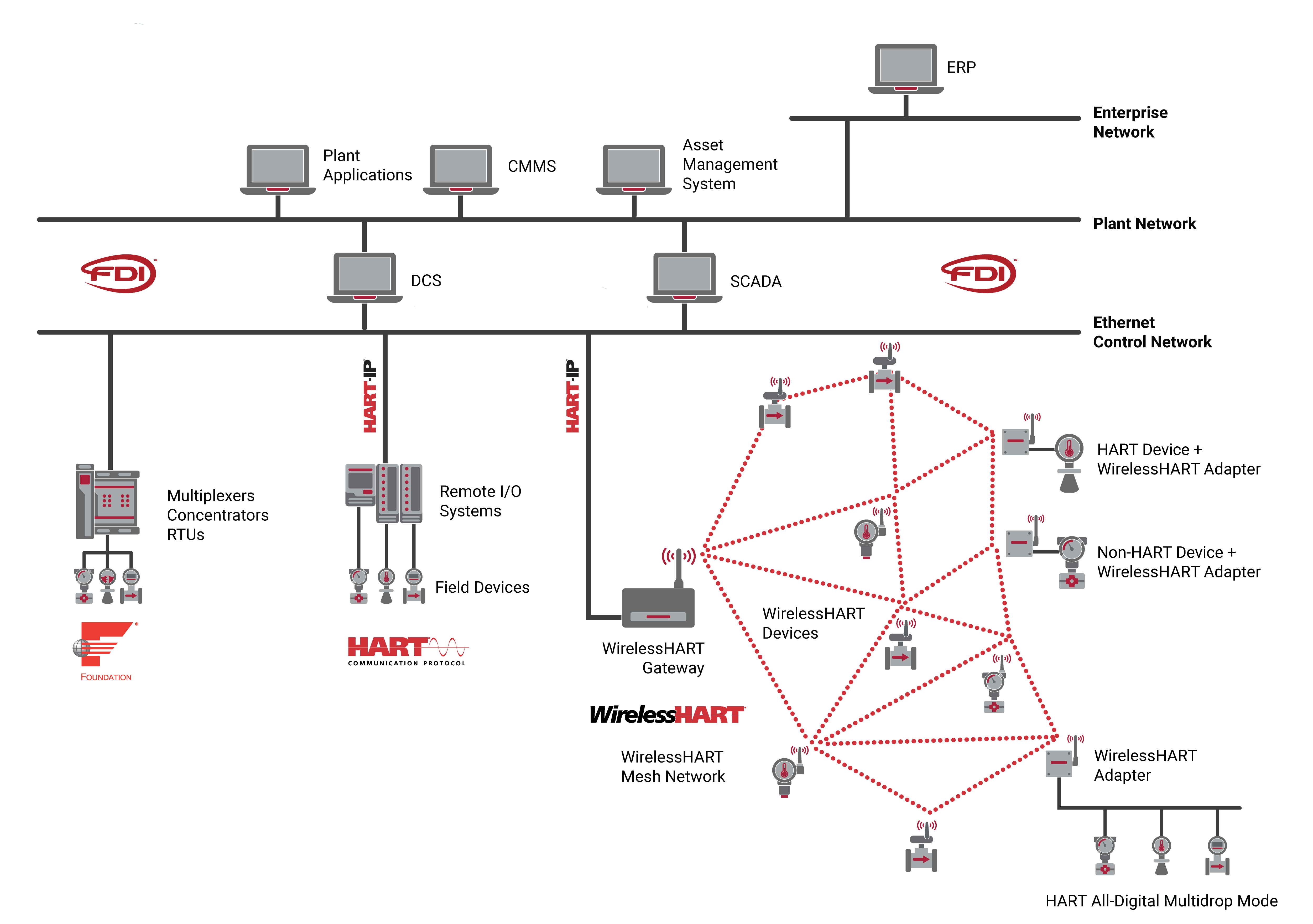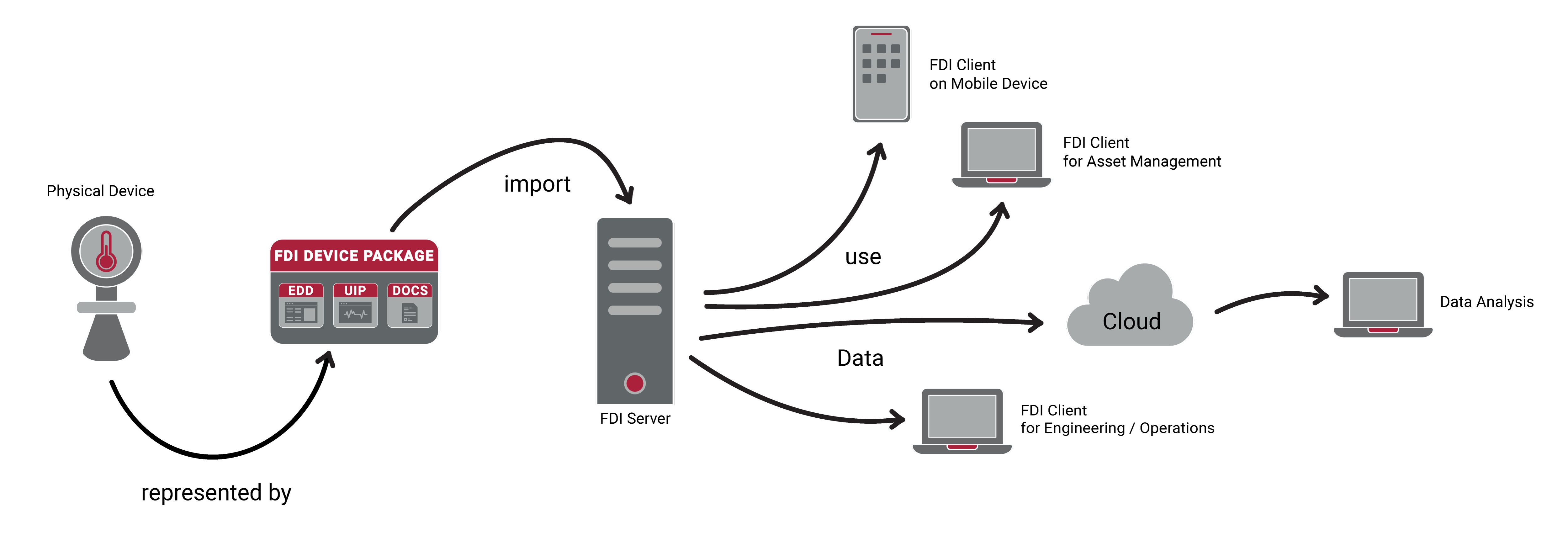Change is coming to process automation. Newer standards for connectivity favor the early adopters.
While no one can definitively predict the future of industrial automation innovations, there are steps process industry end users can take now to reap expected benefits.
By Ted Masters, Paul Sereiko, FieldComm Group
Process plants must run reliably and without interruption for decades at a time, forcing end users to be very conservative with adoption of new technologies. As we explain in our InTech Apr 2023 article titled Prepare to Modernize Your Plant, this affects many areas of plant automation systems, some more than others:
In general, the closer a piece of hardware is to the process, the more costly it is to upgrade. Thus, instruments, valves, remote input/output (I/O), and other field devices often remain in place with little change for many years. For example, upgrading an instrument with a process penetration might require cutting and welding, in addition to new wiring infrastructure, making it a costly proposition.
This explains why 4-20mA instruments, often with HART, dominate the installed base, but it doesn’t explain why 4-20mA HART instruments and devices still lead in market share for new instruments. This may be because any new technology must meet the needs of real-time control and asset management personnel, while adhering to standards, such as those managed by the FieldComm Group. One promising new technology capable of meeting both needs is Ethernet-APL.
The “advanced physical layer” of Ethernet-APL promises to bring high-speed, IP-enabled communications to the instrument and infrastructure network layers. Remote I/O will be replaced or augmented with Ethernet switches in many cases, and 4-20 mA field devices will be upgraded to their Ethernet-APL counterparts.

Figure 1: Ethernet-APL field devices will connect to Ethernet switches, which in turn will connect to controllers and servers.
Ethernet-APL field devices connect through Ethernet switches to controllers, HMIs, servers, and other hosts as part of the greater automation system. In large process plants, hosts often include an asset management system and a distributed control system.
Ethernet-APL and other technologies should eventually result in more open systems, and users can get ahead of this transition by following the steps described below.
Step 1: Plan & Prepare
Hardware considerations
Plant personnel wanting to take full advantage of open systems and digitalization need to start laying the foundation now to create a modernized plant. This requires identifying high-value assets and processes targeted for future digitalization, and connecting these to host systems via one of two methods:
- HART-IP gateways. 4-20 mA HART field devices often terminate at a host system that does not support the HART standard. To address this issue, several vendors offer gateway products that can capture data from multiple HART instruments, buffer the information, and then publish it over high-speed wired Ethernet using the HART-IP protocol for use by host systems.
- WirelessHART. Virtually any 4-20 mA HART instrument can be converted to support WirelessHART with the addition of an adapter, available from many vendors. The upgraded instrument can then be connected to a WirelessHART network, and eventually to a host system via an Ethernet connection from a WirelessHART gateway. The existing 4-20 mA connection can be maintained for real-time control, with the wireless system freeing up formerly stranded data, such as secondary process variables and diagnostics, for use by host systems.

Figure 2: WirelessHART adapters can be used to free stranded data from 4-20mA HART instruments, and to connect non-HART 4-20mA instruments to WirelessHART networks.
Software considerations
Adoption of host systems supporting modern communication technologies, like field device integration (FDI), should be considered because these will be required for implementing plant modernization and digitalization strategies.
 Figure 3: FDI supports communication with many different clients, including asset management systems, with compatibility assured by testing provided by the FieldComm Group.
Figure 3: FDI supports communication with many different clients, including asset management systems, with compatibility assured by testing provided by the FieldComm Group.
FDI provides key benefits, including host-to-cloud connectivity, for example using OPC UA technology and the PA-DIM information model.
FDI implementation requires both host system and field device support. First, host system software must be FDI-enabled, so end users should seek out FDI-registered host software, available from ABB, Emerson, Honeywell, Siemens, and other vendors. Second, instruments must support the FDI device package, which is similar to a ZIP file. When imported into an FDI host, the package expands to include a driver file for the device, as well as additional files like documents and user interface plugins.
Step 2: Pilot New Technologies
The best way to prepare for full scale implementation of new technologies is to first try them out on smaller systems using available products.
While a complete portfolio of Ethernet-APL-enabled instruments of the type used in process plants is still a few years away, Ethernet-APL products are now starting to become available in the market. For example, Pepperl+Fuchs offers a FieldComm Group registered Ethernet-APL field switch. Several instruments supporting PROFINET, which can be used with an Ethernet-APL network, will become available in mid-2023.
While evaluating a high-speed Ethernet-APL infrastructure, end users should also pilot associated applications for monitoring and optimization as recommended by NAMUR NE 175. By definition, these applications are deployed outside the core process control domain, with extremely limited ability to impact a process. Performing these two simple steps will help end users lay the groundwork for larger-scale implementations.
Change is coming to the process automation industry, and end users should start laying the groundwork now so they can be ready to quickly adopt new technologies as they become more widely available. This will allow them to reap benefits in short order, gaining an edge on their less prepared competitors.
About The Authors
Ted Masters, president and CEO of FieldComm Group, has supported the process industry in leadership roles at a wide variety of technology companies for about 25 years. He has managed the growth and delivery of products, software, and service solutions to industrial markets. Masters’ career has been centered around converting operational data into actionable intelligence and helping users make better decisions to capture the value by integration into business systems and processes.
Paul Sereiko is the director of marketing and product strategy of the FieldComm Group. He is responsible for guiding worldwide marketing efforts to increase the adoption of FieldComm Group digital automation technologies and solutions in plant environments across the world. Sereiko has a BS in computer engineering from the University of Illinois and an MBA in marketing and finance from Northwestern University’s Kellogg Graduate School of Management.